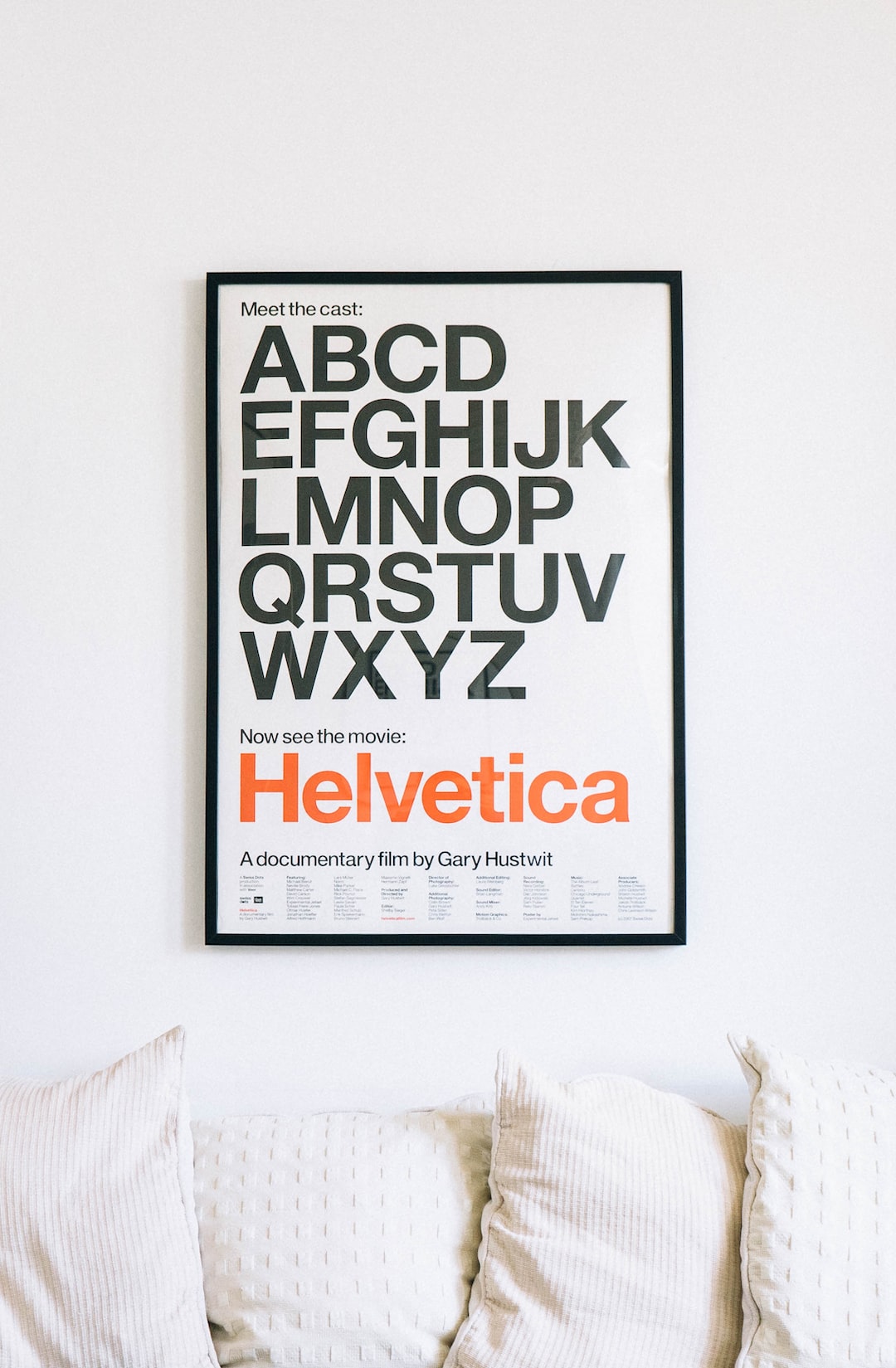Form and functionality: Unveiling the principles of industrial design
In today’s rapidly evolving world, industrial design has become an essential component of our everyday lives. From the smartphones we use to the furniture we sit on, industrial design plays a significant role in determining the form and functionality of the products we interact with. But what exactly are the principles that guide industrial designers in creating these innovative and user-friendly products? In this blog post, we will explore the fundamental principles of industrial design and how they influence the products we experience.
1. Problem-solving: At its core, industrial design is about solving problems. A good industrial designer understands the needs and desires of the end-users and seeks to address them through their creations. Whether it’s improving the ergonomics of a chair or designing a user-friendly interface for a smartphone, the aim is to enhance the user experience and make life easier.
2. Functionality: Functionality is a key principle of industrial design. A well-designed product should be practical and serve its purpose effectively. Consider the design of a kitchen appliance – it should be intuitive to use, with clear controls and easy-to-understand functionality. Industrial designers carefully analyze and assess user requirements to ensure the final product meets their needs effortlessly.
3. Aesthetics: While functionality is crucial, aesthetics play an equally important role in industrial design. Industrial designers strive to create visually appealing products that evoke positive emotions and resonate with the users. The form of a product should not only be pleasing to the eye but also complement its purpose. The sleek design of a sports car or the simplicity of an Apple product are excellent examples of how aesthetics are incorporated into industrial design.
4. Ergonomics: One aspect of industrial design often overlooked by users is ergonomics. Designing products with ergonomics in mind ensures comfort and ease of use. For instance, a well-designed office chair takes into consideration factors like adjustable height, lumbar support, and armrest positioning to provide optimal comfort during long hours of work. Ergonomic design not only contributes to user satisfaction but also minimizes the risk of injuries or strains.
5. Sustainability: In the era of climate change and environmental awareness, sustainability has emerged as a vital principle in industrial design. Designers are now considering the entire lifecycle of the product – from sourcing materials to manufacturing, use, and disposal. The aim is to minimize waste, energy consumption, and carbon footprint. Eco-friendly materials, renewable energy sources, and recyclability are essential factors that designers take into account when creating sustainable products.
6. Manufacturability: Industrial design doesn’t stop at the conceptual stage; it also has to ensure that the product can be efficiently manufactured. Considerations like cost, materials, production techniques, and ease of assembly are all part of the manufacturing process. Understanding this aspect of design enables industrial designers to create products that are not only aesthetically pleasing and functional but also economically viable for mass production.
7. User experience: Industrial design is ultimately about enhancing the user experience. Every touchpoint with a product contributes to the overall experience, be it the packaging, the user interface, or the physical interactions. Industrial designers employ techniques like user testing, prototypes, and feedback loops to understand user behavior and preferences, ensuring that the final product aligns with their needs and expectations.
In conclusion, industrial design embraces a holistic approach that balances form and functionality. It combines problem-solving, functionality, aesthetics, ergonomics, sustainability, manufacturability, and user experience to create innovative and user-friendly products. By adhering to these principles, industrial designers pave the way for a future where products seamlessly integrate into our lives, making them more comfortable, enjoyable, and sustainable. So next time you pick up a well-designed product, take a moment to appreciate the thought and effort that went into creating it.

